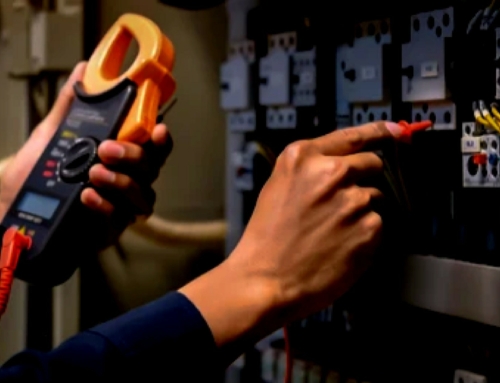Technician access to mobile technology is now an essential tool and its benefits extend through every stage of field service management.
Field service teams need many things to deliver great service. They need skills, experience, and knowledge so they can solve problems when on site.
They need the right tools and parts so they can repair or service the equipment they are called to maintain.
And they need to know where the customer is and if there are any hazards to be aware of.
But underpinning all those things is one critical asset: information.
The problem with information is that it can change. Between the time when jobs are allocated through a scheduling tool until the field service worker arrives at the client’s site, it’s possible that new information will have become available. Or, when the technician arrives, they discover something new, and they need to get that information back to head office.
While onsite the technician needs access to technical manuals and information and the ability to easily record what they’ve done and other pertinent information that comes to hand. A mobile solution, that makes the collection, sharing and securing of information is no longer a luxury. It is essential for delivering exceptional field service.
A day in the life
From the moment a field service technician starts their day to the end they are dependent on having access to the right information. When work is scheduled, techs need everything from the address to what Personal Protective Equipment (PPE) they need with them. If the schedule changes, that information needs to be shared promptly. A mobile platform that delivers real-time changes to that information ensures the field service worker arrives at the right place and is ready to work.
When on site, they will need to access details of the jobs they need to complete and record what they did. A mobile device that supports text entry, photos, diagrams, audio notes and videos enables them to collect information in the most suitable form so it can be easily shared with the client and colleagues. As well as creating a record of activity, it means that the next tech to attend the site can be confident of a complete record of works already conducted.
Errors are also reduced as the information is captured quickly. There’s no need for the field service worker to make scratchy notes that are later transcribed into a system. And there’s no need to rely on memory as information can be captured on the spot.
A Forms application with the capability to publish Forms on a mobile device are distributed automatically to all connected devices, and technicians seamlessly receive updates for the next time they complete the new Form definition. Customer designed Forms can also be inserted into the workflow that are defined by the job types. Forms can contain complex conditional workflow logic that present relevant information to users based on their response to questions. Forms can contain complex elements including drop down lists, calculations and range validations, photos, signatures, and images.
Once a task is completed, a detailed record, using that rich information, can be shared with the client so they can see a clear record of the works undertaken. That include images of worn components that are replaced, audio recordings of equipment that wasn’t working correctly and text-based reports.
As the day progresses, it possible that a new, high priority job needs to be attended to. A mobile device allows the team at the central office to determine which tech with the right equipment and skills is closest by taking advantage of location services. They can allocate the job and alert the tech of a change in the schedule.
Almost every part of a field service technician’s day can be enhanced through a mobile platform that enables information to be collected, received, and shared in real-time. It ensures that technicians are deployed efficiently and that they have the information they need to deliver outstanding results for customers.





